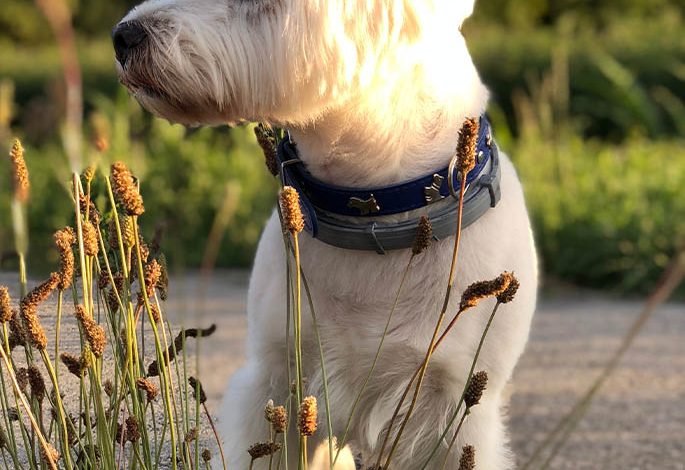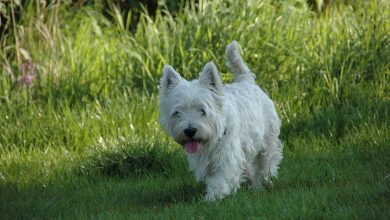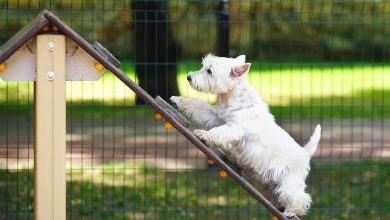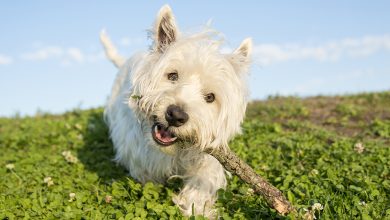Health
The exact cause of Medial Instability Syndrome is unfortunately unknown, but it is thought to be caused by chronic overuse of the supporting structures rather than due to a traumatic injury.
As mentioned previously, there are several components of the shoulder that can be compromised or injured due to chronic overuse. Most commonly these structures include:
- JOINT CAPSULE: This is a capsule that encases the joint and seals it. Made of a fibrous outer layer and an inner layer called the synovial membrane, it provides stability within the joint by helping to limit the movements of the shoulder.
- MEDIAL GLENOHUMERAL (shoulder joint) LIGAMENT: Ligaments are made up of fibrous connective tissue that attaches bone to bone and keep joints stable due to their lack of elasticity (stretch). This ligament sits on the medial side of the shoulder joint (side closest to the rib cage of your dog).
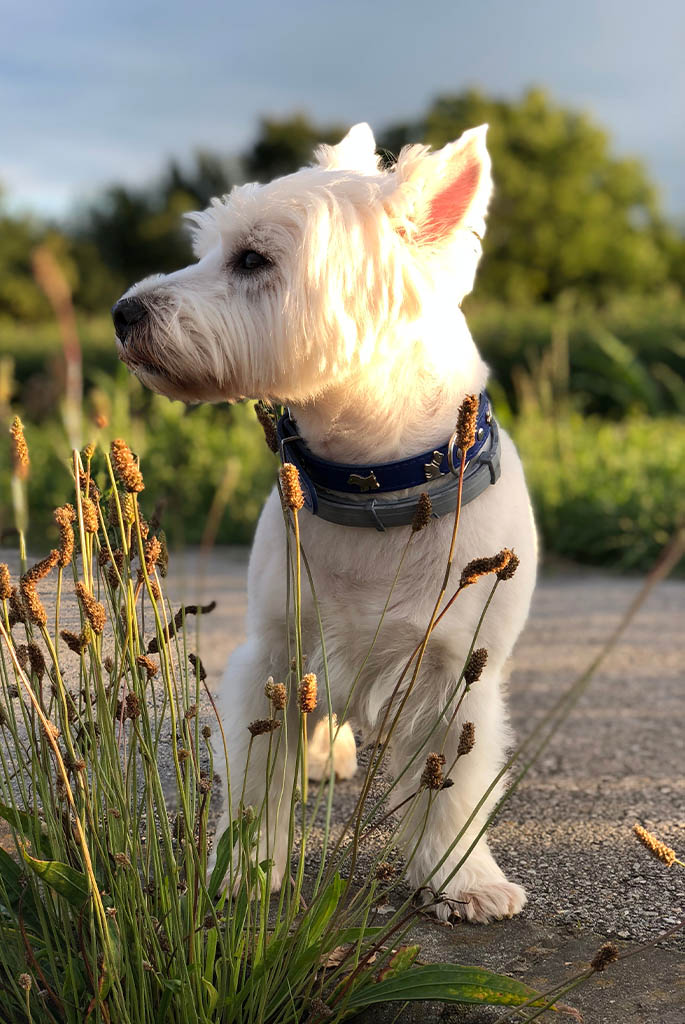
- SUBSCAPULAR TENDON: Subscapularis is a large fan shaped muscle that sits on the surface of the scapula (shoulder blade) between the scapula and rib cage. The tendon blends over the medial surface of the ball and socket shoulder joint and helps to add stabilisation to the joint along with the medial glenohumeral ligament. Subscapularis muscle makes up ¼ of the rotator cuff (the same as in humans), the rotator cuff as a whole draws the humerus (specifically the ball shaped head of the humerus (arm bone) – humeral head) into the socket that is in the scapula and therefore creating muscular stabilisation.
- SUPRASPINATUS TENDON: The Supraspinatus muscle is also part of the rotator cuff (along with Infraspinatus and Teres Minor). It is found on the outer surface of the scapula above a ridge that divides the scapula into 2 parts (superior – Supra and inferior – Infra). This muscle has the same muscular stabilisation role as Subscapularis but sits on the outer surface (lateral side of the joint).
- BICEPS TENDON: This is a long thin muscle in the forelimb. It runs from next to the Supraspinatus tendon on the medial side of the shoulder joint to the front of the elbow. It stabilises the shoulder when the dog is standing and also during movement when the paw is on the ground. The muscle actively flexes (bends) the elbow in order to lift the limb off the ground. It also extends (brings forwards the limb) the shoulder when moving.
- CARTILAGE: a smooth covering over the ends of the two articulating bones, it allows for lubrication and smooth pain free movement at the joint. Damage can cause cracks in the cartilage which may lead to early onset arthritis and pain. This is likely to only happen in severe cases.
So given what we know of the structures above we can now understand why there is an importance on early identification along with the start of treatment at the earliest opportunity, as this will result in the best long-term outcome and prevent any further deterioration.
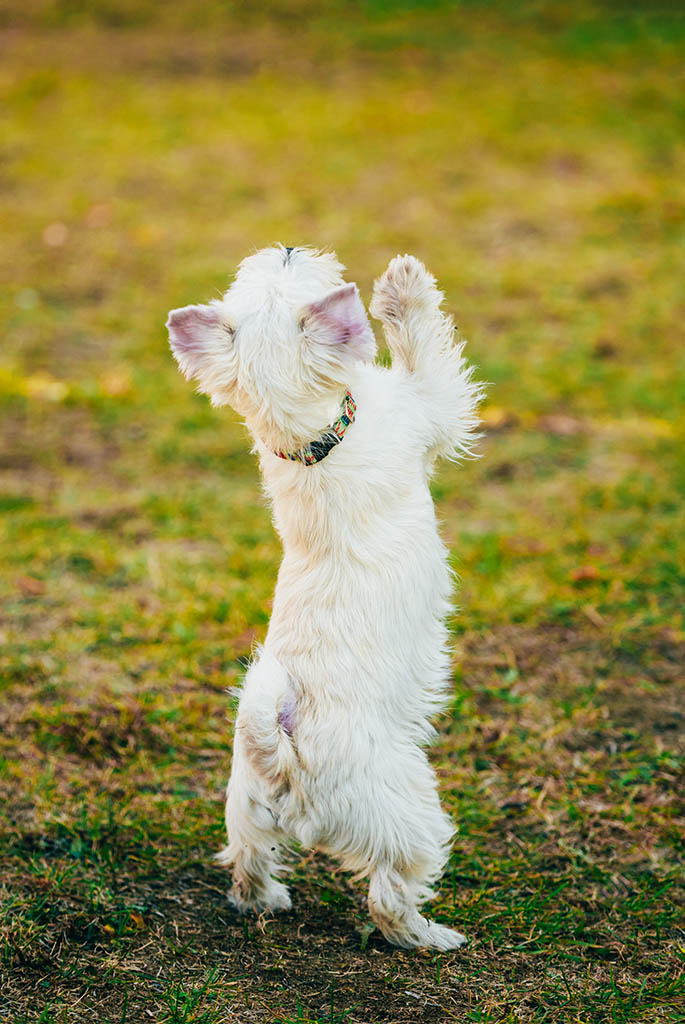
What will you see?
Lameness can vary from slight, (after intense exercise or a mildly shortened stride,) to a severe lameness that is continuous. This is going to depend on the degree of damage and the chronicity of the injury.
Possible muscle atrophy (wastage) could be visible in the muscles mentioned above as well as the surrounding supporting muscles. There may also be a reduced range of motion in the shoulder which will likely appear as a shortened stride on the affected side possibly due to pain.
One of the visible signs for a practitioner will be an increase in the angle of abduction (moving the limb away from the body), the angle will increase in accordance with the increasing severity of instability in the condition.
The Vet should perform the following in order to aid diagnosis:
BOX:
Physical exam (movement of the limb etc)
MRI to identify the structures involved
Arthroscopy to confirm conclusively the degree of damage, instability and structures involved.
Treatment options
There are several options when it comes to treatment, however these will depend on the severity of instability:
MILD: There is an option to use stabilisation supports for several months alongside intense rehabilitation
SEVERE: Surgical stabilisation is required and four to six months in shoulder stabilisation supports, alongside intense rehabilitation
Manual therapy from a qualified practitioner is imperative to the success of either surgical or conservative management. This will include soft tissue massage, joint articulation/mobilisation and specific exercises in a tailored rehabilitation programme as every dog is different.
Hydrotherapy is extremely beneficial, although the dog should be kept on an underwater treadmill for two to three sessions a week.
The prognosis is good in the majority of cases, although it is a long process. Dog owners must understand the importance of strict exercise restriction and adherence to manual therapy and rehabilitation for four to six months.
Faye Andrews is a human and canine Osteopath. For more information on Faye and her work visit: www.bodywiseosteopathy.net


